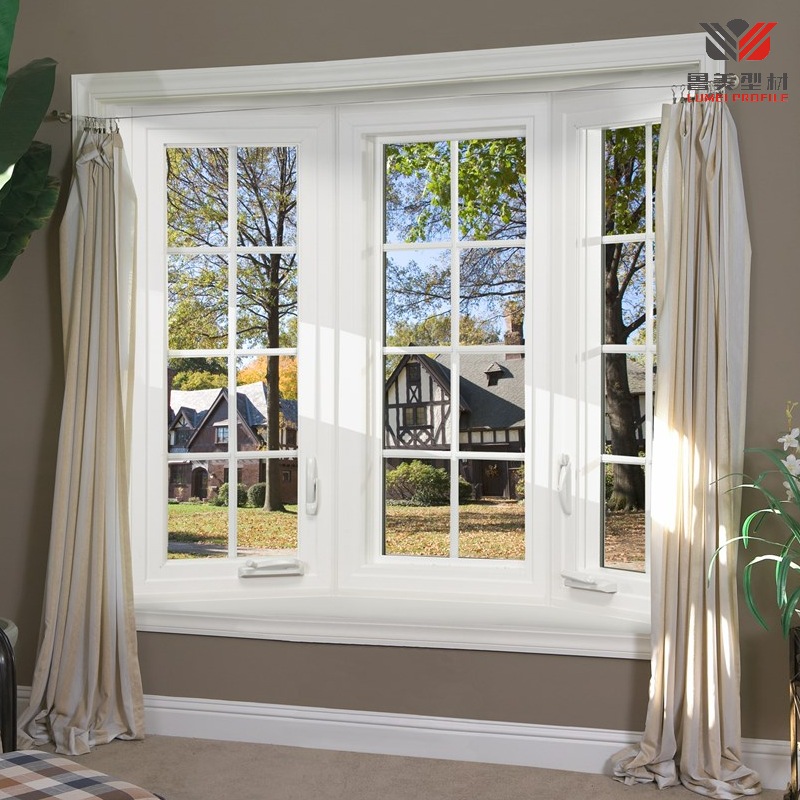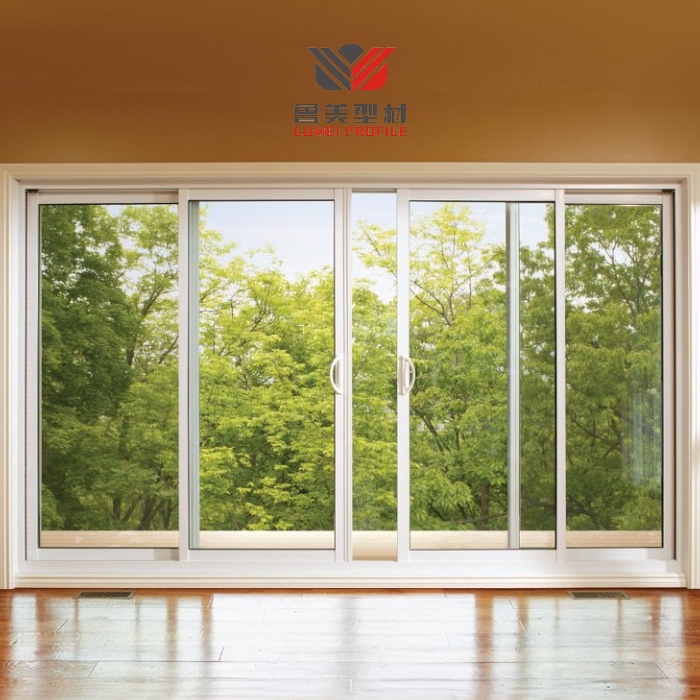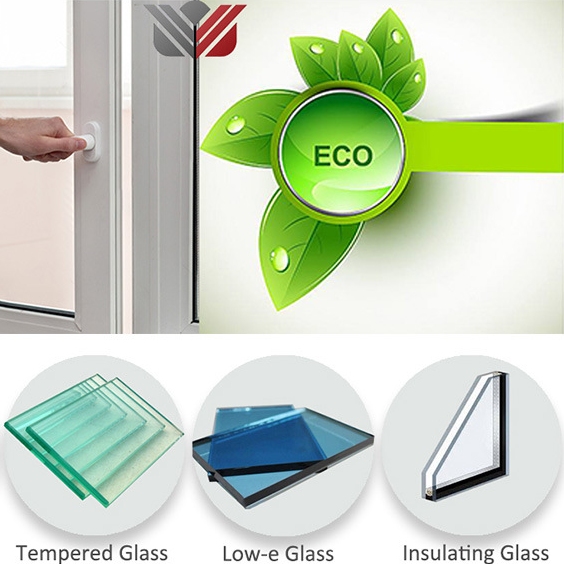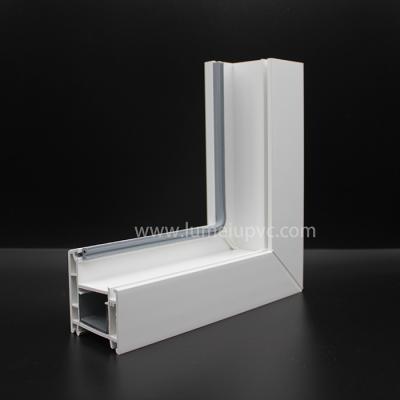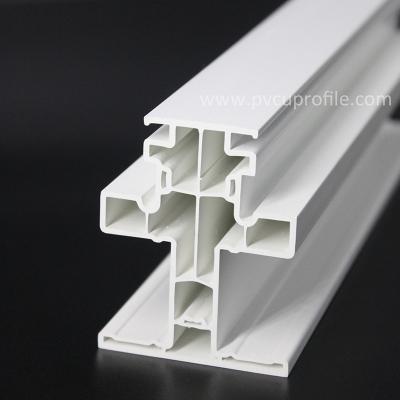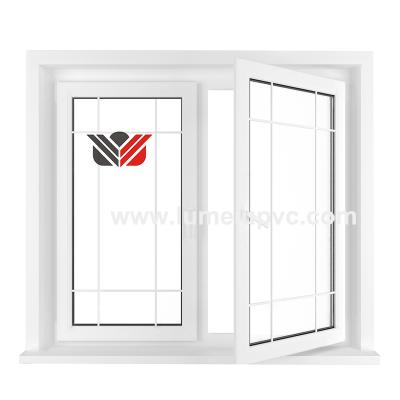The Environmental Significance of uPVC Profiles for Windows and Doors
In a world increasingly focused on sustainability, the environmental impact of construction materials is a critical consideration. Embracing this shift towards eco-friendly solutions, uPVC profiles for windows and doors emerge as a beacon of environmental responsibility.
1. Energy Efficiency: uPVC profiles contribute significantly to energy efficiency in buildings. The inherent insulation properties of uPVC help maintain a comfortable indoor temperature, reducing the reliance on heating or cooling systems. This not only lowers energy consumption but also minimizes carbon emissions, promoting a greener living environment.
2. Thermal Insulation: The exceptional thermal insulation properties of uPVC profiles play a pivotal role in enhancing the energy efficiency of homes and commercial spaces. By preventing heat transfer, these profiles contribute to substantial energy savings, making them a sustainable choice for environmentally conscious consumers.
3. Recyclability: One of the standout environmental benefits of uPVC profiles is their recyclability. At the end of their long lifespan, uPVC profiles can be recycled and repurposed, minimizing the environmental impact associated with disposal. This closed-loop approach aligns with the principles of a circular economy, reducing waste and conserving resources.
4. Longevity and Durability: The durability of uPVC profiles ensures a longer lifespan for windows and doors. This longevity reduces the frequency of replacements, contributing to resource conservation and further emphasizing the sustainable attributes of uPVC.
In conclusion, uPVC profiles for windows and doors champion environmental responsibility. From energy efficiency and thermal insulation to recyclability and reduced carbon footprint, these profiles stand as a testament to sustainable building practices, offering a green solution for the conscious consumer.
Related Products
Submitted successfully
We will contact you as soon as possible

